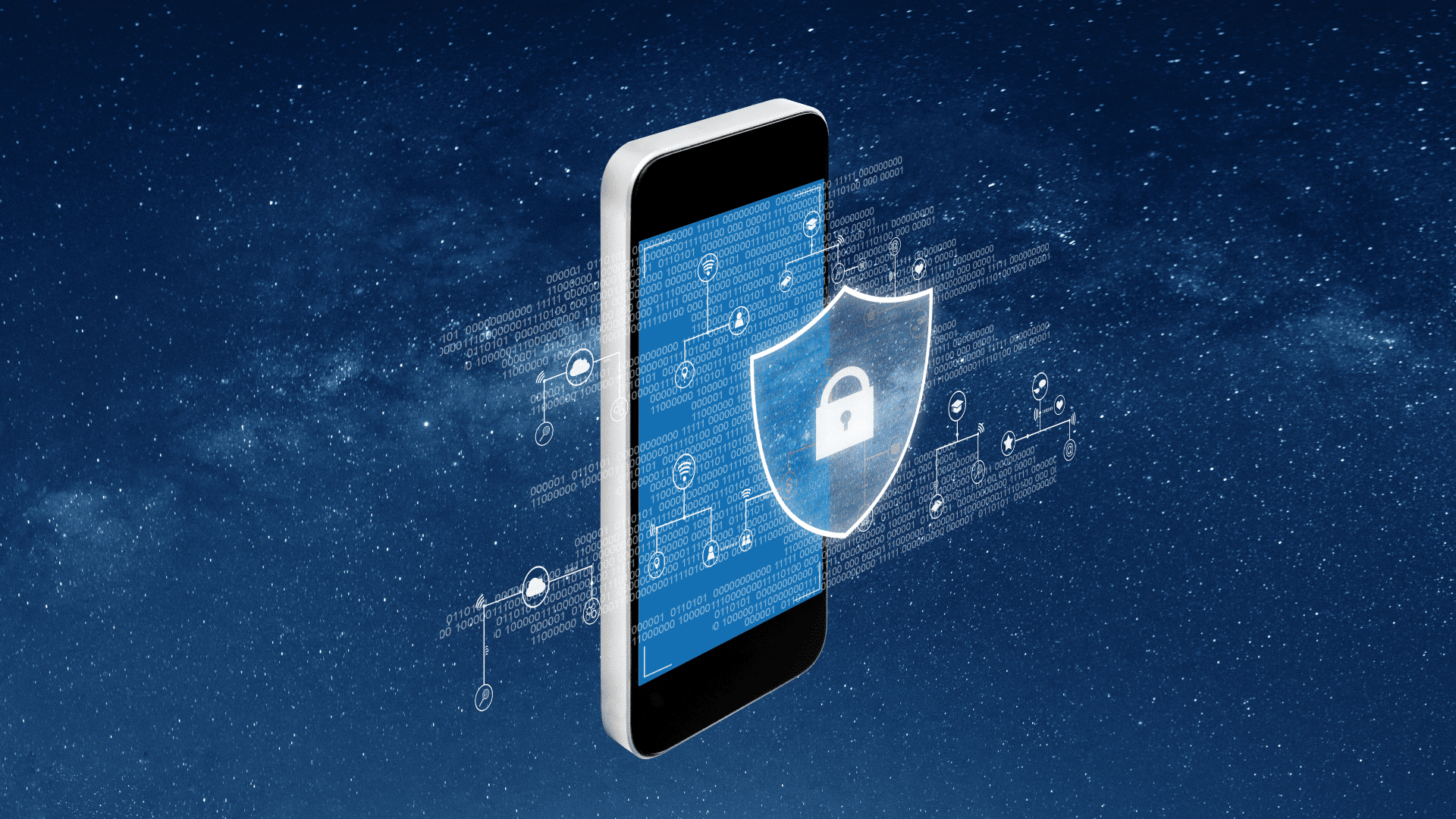
Tokenization: a fundamental technique for data security
2023-05-10 by
Hugues Marty
Tokenization enables companies to protect sensitive data by replacing it with non-sensitive data that retains the original data’s essential information, but is useless to would-be data thieves.
– Derek Brink, Vice President and Research Fellow at Aberdeen Group
In today’s data-driven world, data security is a crucial aspect of any system. One of the most important techniques for securing data is tokenization. Tokenization is the process of converting sensitive data into non-sensitive data, referred to as tokens. In this article, we will explore the fundamentals of tokenization, how it works, its benefits, and some of its use cases.
What is tokenization?
Tokenization is a process that replaces sensitive data with non-sensitive information that retains the essential details of the original data but is useless to attackers. As Venafi explains:
Tokenization is the process of transforming a sensitive data element into a non-sensitive equivalent, referred to as a token, that has no extrinsic or exploitable meaning or value. In other words, tokens are values generated based on an algorithm that helps to replace sensitive information.
This process provides an additional layer of security beyond encryption, as the original data is not stored or transmitted. Tokenization has several advantages, including reducing the risk of data breaches and facilitating regulatory compliance, and can be used in a variety of industries, from financial services to healthcare to e-commerce.
Tokenization vs. encryption
Tokenization and encryption are two common data security techniques. Both techniques aim to secure sensitive data. However, they differ in several aspects:
- Encryption is a reversible process, while tokenization is an irreversible process.
- Encryption preserves the original data format, while tokenization replaces the original data with a token.
- Encryption requires a key to encrypt and decrypt data, while tokenization does not require a key.
How tokenization works
Tokenization works by following these steps:
- Sensitive data is collected and encrypted using an encryption algorithm.
- A token is generated to represent the encrypted data. The token is generated using a deterministic algorithm, which means that the same sensitive data will always produce the same token.
- The token is stored in a database or a token vault, along with a reference to the original data.
- When the original data is needed, the token is retrieved from the database or token vault.
- The token is sent to a tokenization server, which retrieves the original data by using the reference stored in the database or token vault.
- The original data is then sent back to the requesting system.
Benefits of tokenization
Tokenization provides several benefits, including:
- Improved data security: Tokenization replaces sensitive data with non-sensitive data, which reduces the risk of data breaches.
- Compliance with data protection regulations: Tokenization helps organizations comply with data protection regulations such as PCI DSS and HIPAA.
- Reduced scope of compliance: Tokenization can reduce the scope of compliance, as it reduces the number of systems that store sensitive data.
- Faster transactions: Tokenization can speed up transactions, as it eliminates the need to decrypt sensitive data.
- Simplified audits: Tokenization can simplify audits, as auditors can focus on the tokenization process instead of the entire system.
Use cases of tokenization
Tokenization has several use cases, including:
- Payment processing: Tokenization is widely used in payment processing systems, where it is used to secure credit card data.
- Healthcare: Tokenization is used in healthcare systems to secure patient data, such as medical records and personal identification numbers.
- Loyalty programs: Tokenization is used in loyalty programs to secure customer data, such as names and addresses.
- Online gaming: Tokenization is used in online gaming systems to secure user data, such as credit card information and personal identification numbers.
Conclusion
Tokenization is a fundamental technique for securing sensitive data. It replaces sensitive data with non-sensitive data, referred to as tokens. Tokenization provides several benefits, including improved data security, compliance with data protection regulations, reduced scope of compliance, faster transactions, and simplified audits. Tokenization has several use cases, including payment processing, healthcare, loyalty programs, and online gaming. In conclusion, tokenization is an essential technique for securing sensitive data, and it should be implemented in any system that handles sensitive data.